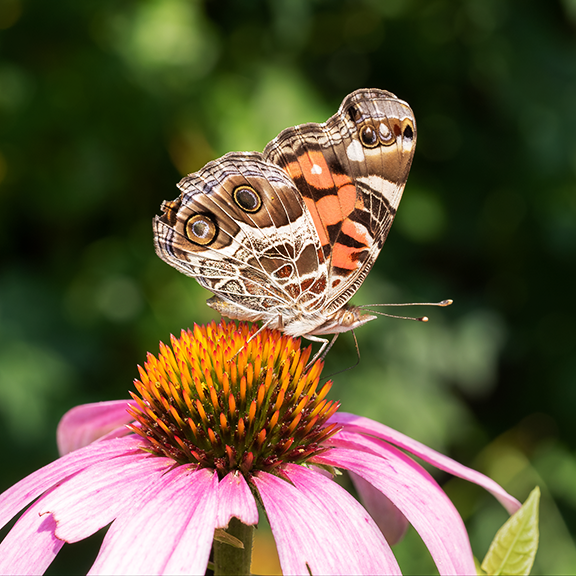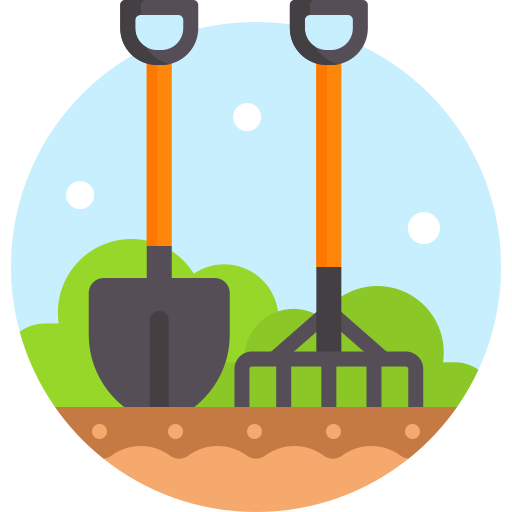

Crazy thought, but what if it differed by industry? Something like blue collar jobs get Monday off, white collar gets Friday off. That way office workers can for example more easily stay home to get their cable serviced and plumbers can more easily meet with a mortgage agent. Obviously because of overlap it’s not perfect (office workers can’t meet with mortgage agent, plumbers can’t get their cable serviced), but there’s a huge issue currently with people working 9-5 M-F being unable to access services that are also only available 9-5 M-F, so this would at least distribute things a little more. (This kind of thing already exists for some industries like restaurants, where W-Su workweeks are common)



























I would add to this that covid did cause a major resurgence in a different flavor of prepper: “back to the earth” people who strive to, among other things, produce more of their own food (be it growing produce, raising livestock, or even doing more cooking and baking using raw ingredients rather than relying on premade food). Interest in gardening, homesteading, baking, and learning to live off the land skyrocketed during peak covid. Sure a lot of that interest has subsided, but much like how the great depression permanently changed the attitudes of people who lived through it in regards to reusing things instead of tossing and replacing, the experience of scarcity and uncertainty regarding basic goods (for most first-world folks, for the first time in their lives) made a permanent mark on at least some of the population. And this is a much more practical type of prepping, because instead of coming from a fantasy of what disaster might befall the world, it was a direct response to a disaster that actually happened.